On Sunday, April 21, Comet 12P/Pons-Brooks, known as the "Devil Comet", the "Horned Comet", or the "Millennium Falcon", became the most noticeable in the sky. This celestial body, which visits the Solar System every 71 years, reached perihelion - the point on its elliptical orbit when it is closest to the Sun.
This rare comet occasionally forms bright flashes, which have led to its widespread nicknames. These flashes are fueled by dust, rocks, and ice that are heated by the Sun and turn into gas, creating a glow around the comet resembling horns or wings.
The object, 17 km wide, is on a trajectory that brings it to a distance of 116.8 million km from the Sun during its closest approach. This means that Comet 12P will be most noticeable from Earth for several nights before and after reaching perihelion, when it will be the brightest. Under favorable conditions, observers will be able to see it without special equipment.
To spot the comet, on average and southern latitudes of North America, one should look at the constellation of Taurus just after sunset. It will be slightly below the constellation, with the "V" shape of Taurus pointing downward. The comet will appear to the left of Jupiter, which will look like a bright pale yellow ball. At this point, look for a round faint patch of light, possibly with a faint tail extending upward and to the left of the bright central area, or you may see a glow surrounding the comet's core.
In Ukraine, the comet will also be visible: in a clear evening low to the west and northwest, when twilight has already ended.
There is a possibility that it can be seen with the naked eye in dark places with clear skies, but a small telescope or binoculars will certainly help to spot the comet more easily. Observers in northern latitudes may find it difficult to see it as it will pass in the glare of sunset.
If the comet produces one of its flashes during a close approach to the Sun, it will shine longer and brighter, making observation easier. Another favorable opportunity to observe it will be on June 2, when it will be closer to Earth, but by then it will only be visible in the southern hemisphere.
Source: Space.com






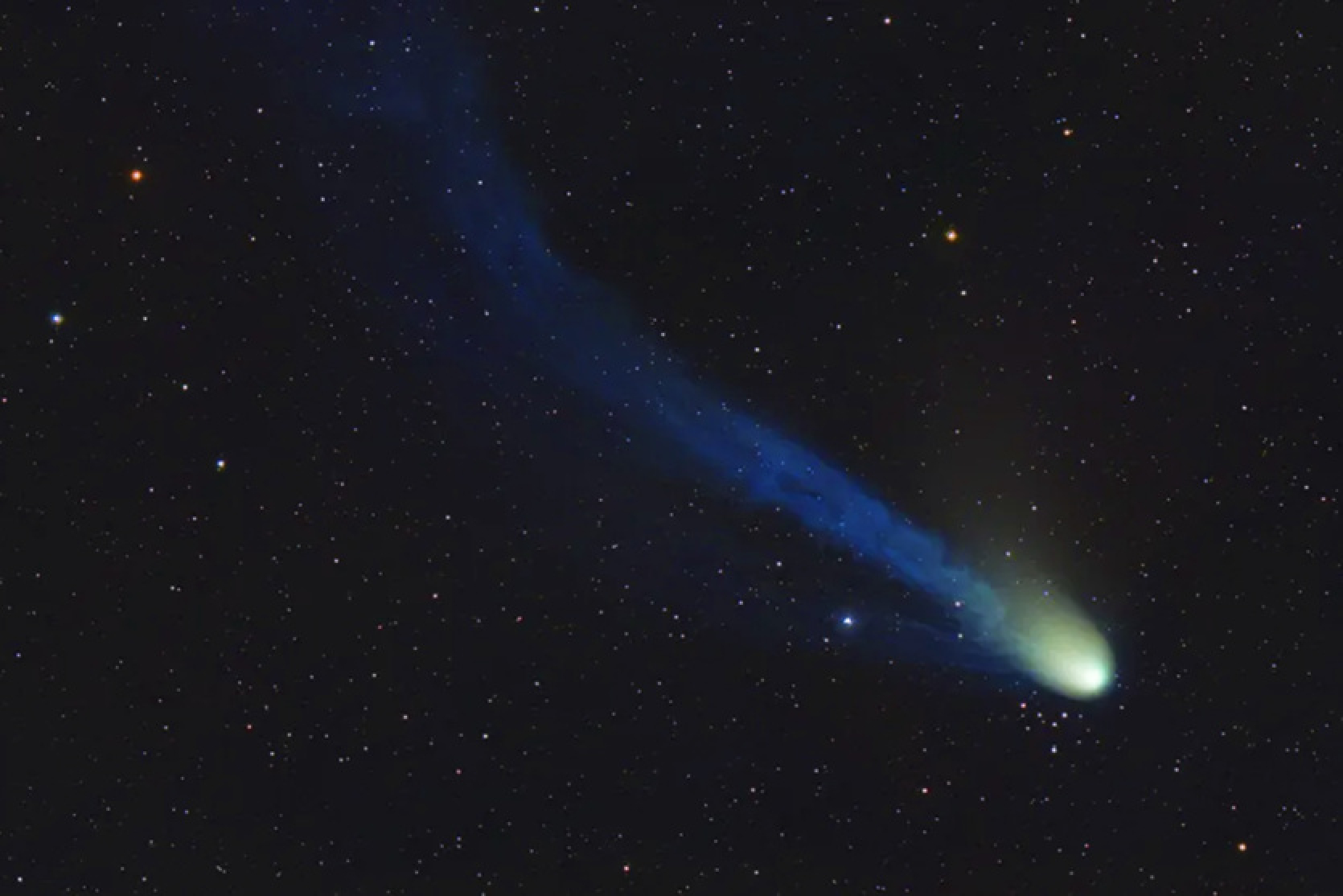



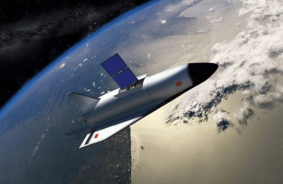
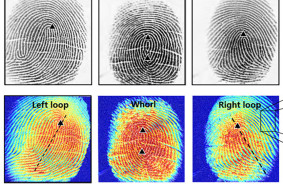
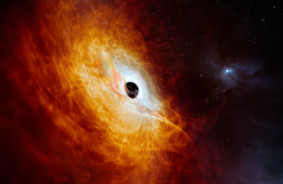
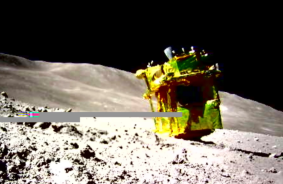
Comments (0)
There are no comments for now